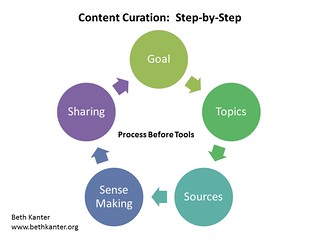 Authenticity is everything; If you can fake that, you’ve got it made.
Authenticity is everything; If you can fake that, you’ve got it made.
The above quote is a paraphrasing of a line sometimes attributed to Groucho Marx, and sometimes to others. It’s an important lesson for businesses to keep in mind when they are interacting with their customers online.
Many would say that it’s authenticity itself that matters, but anyone who has used the Internet for longer than five minutes knows that one does not have to be truly authentic to have a positive effect. Although, if a business can manage to be authentic, sincere, and genuine in its communications with its customers, so much the better. Continue reading








